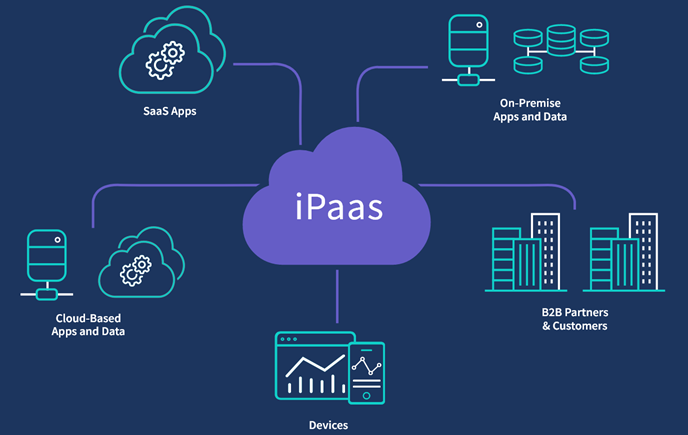The market for Integration Platform as a Service is defined by a dynamic and highly competitive arena where a diverse range of vendors vie for market leadership. The Integration Platform as a Service (IPaaS) Competitive Landscape is currently stratified into several key categories of players, each with distinct strengths and strategies. At the top are the established, enterprise-focused leaders like MuleSoft (Salesforce), Dell Boomi, and Informatica. These vendors have built their reputations on providing powerful, comprehensive platforms designed to handle the most complex integration challenges of large, global organizations. Their competitive advantages include vast libraries of pre-built connectors, robust API management capabilities, deep security and governance features, and extensive global ecosystems of certified partners. Their strategy often involves a top-down sales approach, targeting CIOs and IT leaders with a platform vision that promises to centralize all integration activities and drive enterprise-wide digital transformation.
Challenging these incumbents is a dynamic and rapidly growing cohort of cloud-native innovators and specialists, including vendors such as Workato, Celigo, and Jitterbit. These companies often compete on the basis of agility, ease of use, and a focus on specific business outcomes. Their platforms are typically designed with a low-code/no-code philosophy, empowering business users and "citizen integrators" to build automations and integrations with minimal IT assistance. Their competitive strategy frequently revolves around a product-led growth model and a focus on departmental use cases, such as automating lead-to-cash processes in sales or hire-to-retire workflows in HR. By offering a faster time-to-value and a more intuitive user experience, they have successfully captured a significant portion of the mid-market and have made substantial inroads into departmental buying centers within larger enterprises.
A third major force shaping the competitive landscape is the major public cloud providers—Amazon Web Services (AWS), Microsoft Azure, and Google Cloud Platform (GCP). Each of these hyperscalers offers a suite of native integration services that are deeply embedded within their respective cloud ecosystems. Their primary competitive advantage is the seamless, low-friction experience they provide for customers already invested in their platforms. For example, a company running its applications on AWS can easily use AWS Step Functions and EventBridge to orchestrate workflows between various AWS services. While these native tools may not always have the breadth of connectivity to third-party SaaS apps as standalone IPaaS vendors, their tight integration, pay-as-you-go pricing, and convenience make them a formidable competitive threat, particularly for cloud-centric integration scenarios. This three-way competition ensures a vibrant market characterized by rapid innovation and a constant push to deliver greater value to customers.



